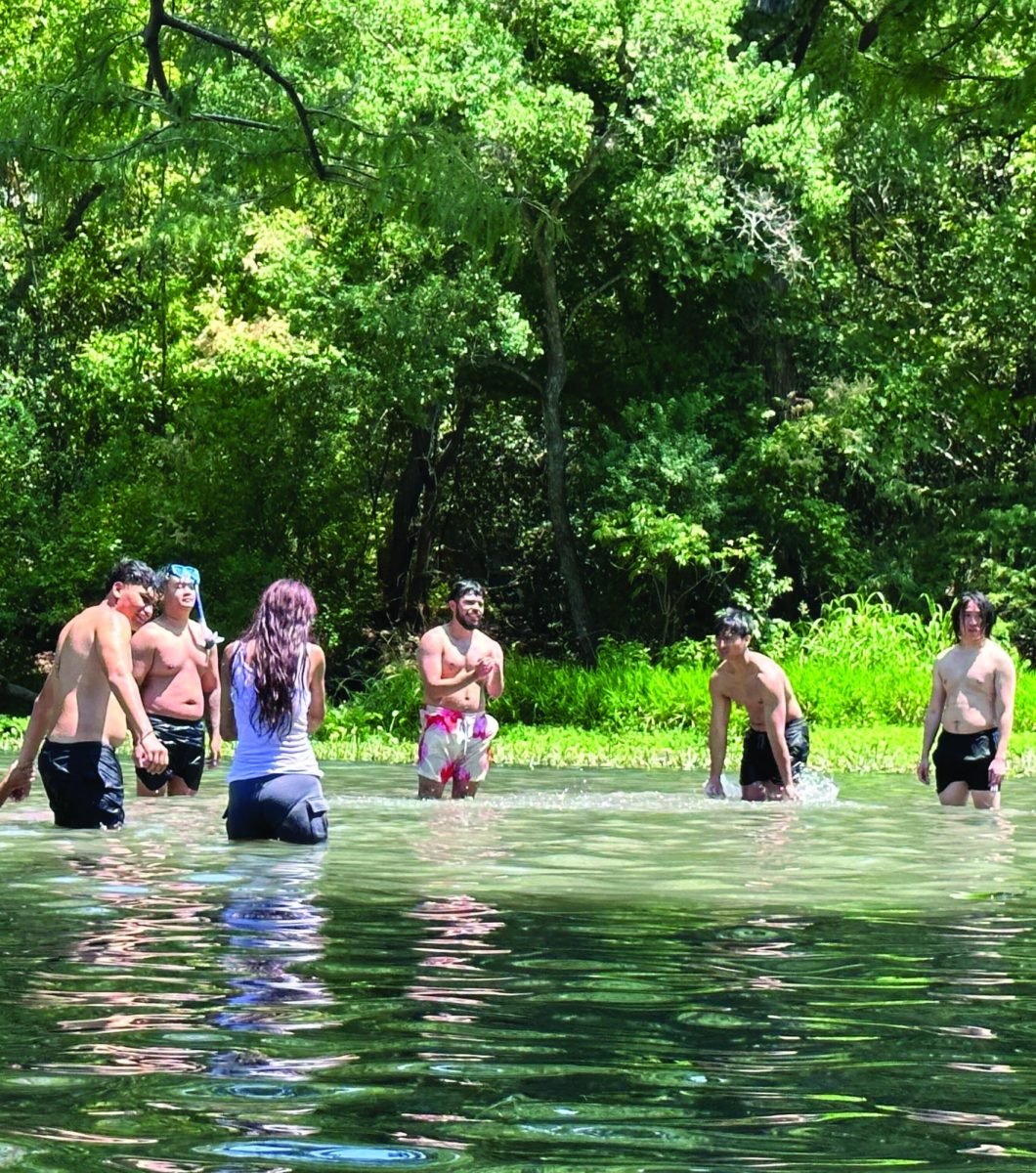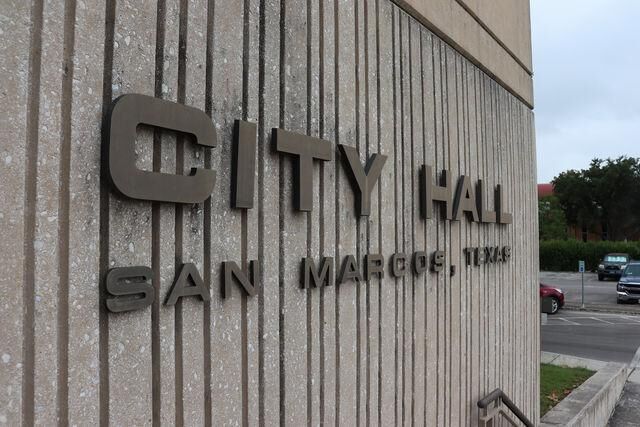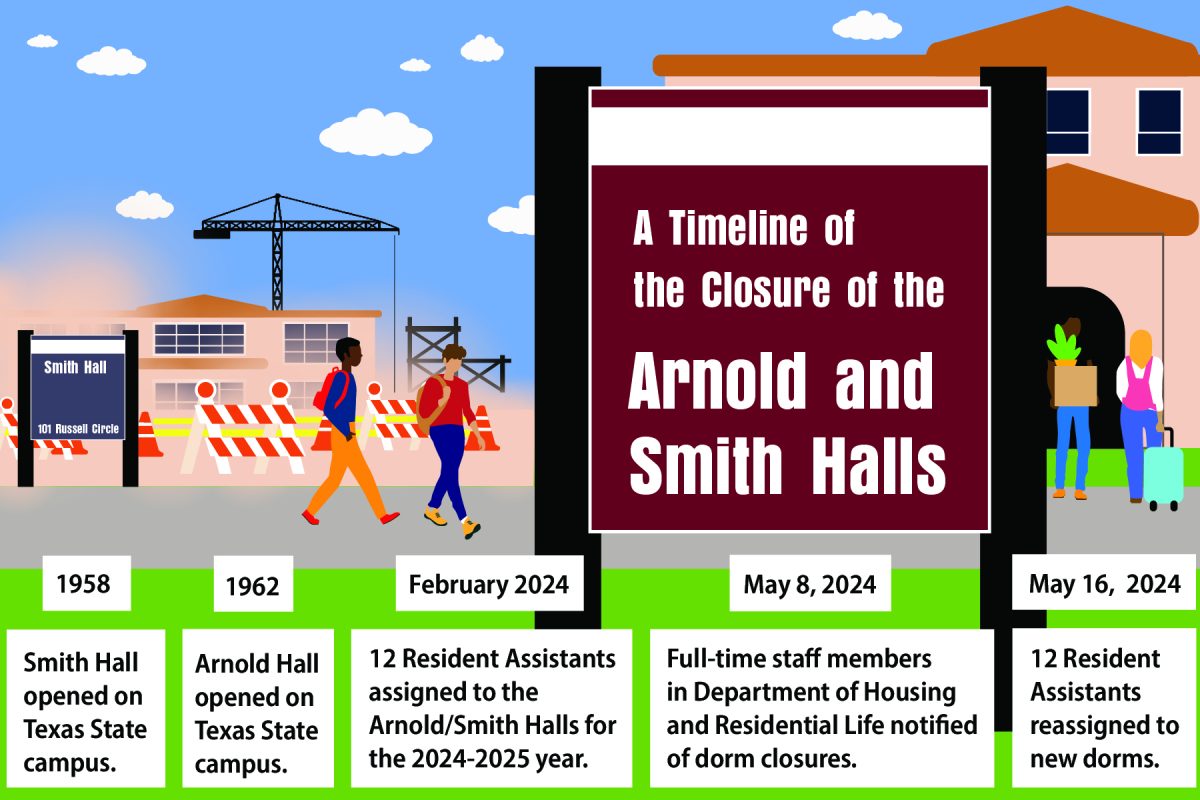For the first time since April 2022, San Marcos dropped down to Stage 2 drought restrictions on Jan. 7 due to increased rainfall, impacting river water conditions.
In 2021, Texas began experiencing its worst drought since 2011. San Marcos implements five stages of drought restrictions to conserve water resources, increase water efficiency and protect endangered species in its springs.
“The drought stages are there to reduce groundwater use from the aquifer to preserve spring flow,” Robert Mace, the executive director and chief water policy officer of The Meadows Center, said. “It boils down to protecting spring flows [from the Edwards Aquifer] to the surface water and rivers.”
When San Marcos entered Stage 4 drought restrictions on Aug. 27, 2023, J-17, one of the wells used to define the drought conditions in San Marcos, measured the daily high water level to be 101.9 feet below land surface.
“The water level below land surface is an indication on how much water is stored in an aquifer,” Mace said. “A higher value means a lower water level in the aquifer, and a lower value means a higher relative water level.”
When San Marcos entered Stage 2 drought restrictions, the daily high water level measured at 90.9 feet below land surface. Following recent rain, the water level measured at 86.0 feet below land surface on Jan. 24.
Despite the improving conditions, Mace said San Marcos will need more favorable weather in the coming months to end the drought.
“These rains feel good, in part because we haven’t had good rains for quite some time, but it’s not enough,” Mace said. “We’re going to need a lot more to come out of this drought both for surface and groundwater resources.”
El Niño is a reoccurring weather phenomenon in the Pacific Ocean that pushes warm water towards the North American West Coast. Mace said he hopes El Niño will bring wetter conditions in Texas within the coming months to improve on the drought.
Virginia Parker, executive director of the San Marcos River Foundation (SMRF), said students should be educated on Texas State’s water infrastructure to push for water conservation by their leaders.
“The students have a direct line to their professors and staff to advocate for Texas State to be the gold standard for water reuse… Texas State should be leading the charge,” Parker said. “A way students can really make a difference is to push the university at which they’re studying to be the best of the best because that’s who’s providing the water for most students if they’re on campus.”
Parker said students should utilize the river for recreation while being aware of how they are conserving water during the drought.
“Texas State students use the San Marcos River quite heavily, which is wonderful because they ought to care for it,” Parker said. “Students learning and spreading awareness about how to properly care for the river can be a great asset to the community.”
Students like Nick Moore, a marketing junior, have been cutting down on their water usage to help alleviate the drought.
“I’ve been taking quicker showers lately to not use as much water,” Moore said. “Being more mindful of my water use helps me conserve more day-to-day.”
Parker said the drought has let the SMRF educate the community on their water source and how to conserve it.
“The only good thing about the drought is that it’s something that when people go to the river, they can physically see a change,” Parker said. “So, it’s an opportunity for us to educate people on where the river comes from… and on conservation measures.”
For information on water conservation visit Texas State’s Water Conservation Tips & Tricks.





























